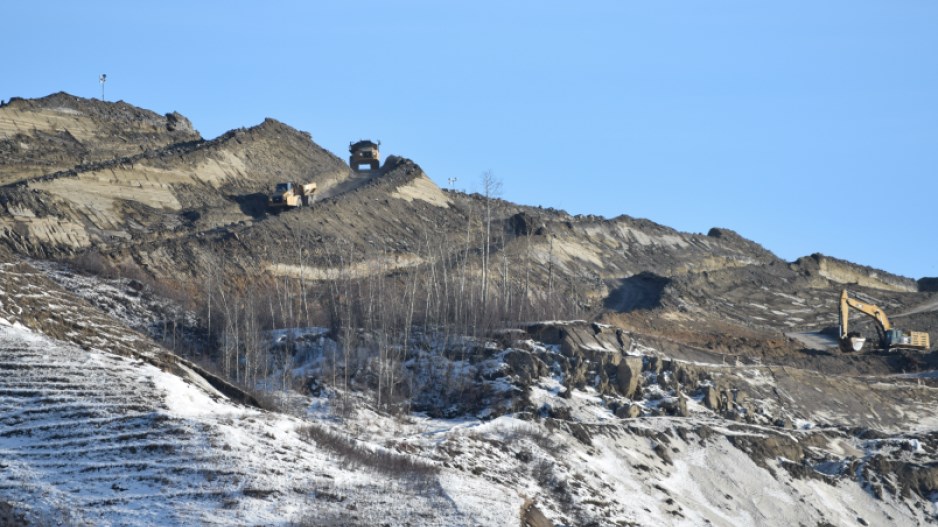If the BC Utilities Commission (BCUC) concludes that the $8.8 billion Site C hydroelectric dam project is likely to go over budget or is not the most economic way of meeting future power demand, the BC NDP government last week gave itself a middle-way alternative to cancelling it outright.
The project could be mothballed, Energy, Mines and Petroleum Resources Minister Michelle Mungall said last week, when announcing a BCUC review of the project will begin on August 9.
The mothballing option would allow the government to halt construction, but reserve the right to resume it up until 2024.
The BCUC will be required to submit a preliminary report by September 20 and a final report by November 1.
The commission will not be asked to replicate the work already done by a joint review panel. It will be asked to look strictly at the project’s economic viability and its impact on B.C. ratepayers, including the question of whether the project can be completed on budget.
BC Green Party Leader Andrew Weaver stated in a press release last week that, “according to estimates, the cost could be as high as $12 billion.”
Mungall said the government is asking BCUC “to immediately assess the economic viability and consequences to British Columbians of the Site C project in the context of current supply and demand conditions prevailing in the B.C. market.”
Marvin Shaffer, an adjunct economics professor at Simon Fraser University’s public policy program, spoke against Site C during a joint review panel. He argued that load forecasts did not justify the project at this time.
But Site C is now 20% complete, $1.7 billion has been spent and contracts worth a total of $4 billion have been awarded for work that is either just starting or not yet begun.
Shaffer believes cancelling the project now would not make economic sense, because it would leave the province with billions in sunk costs and no additional power generation.
Without prejudging the BCUC review’s outcome, he said: “It would surprise me if an objective analysis found that it would make economic sense to stop it.
“Site C has value, even if you don’t need the energy for five or 10 years. It has much more value than some of the critics suggest.”
Thanks to demand-side management (conservation and efficiency) and new wind farms and run-of-river projects built over the past decade, B.C. has more power than it needs, said David Craig, executive director of the Commercial Energy Consumers Association. He has criticized not only the Site C dam, but also the independent power sector. His organization has argued that BC Hydro paid too much for independent power from wind farms and run-of-river projects.
“What we have now is a current surplus of about 5,000 gigawatt hours,” Craig said, adding that’s equivalent to Site C’s generating capacity. “We added supply since 2007, and we’ve had very little change in the demand from customers for electricity from BC Hydro. Over 10 years there’s been very little growth.”
Craig doesn’t object to the Site C dam project, just its timing.
“It’s potentially a good project, as hydro projects are long-term good sources of energy, but it’s better planning to match supply and demand as opposed to build in advance of demand.”
His association has argued that any additional power that B.C. might need during peak demand period could be bought from other jurisdictions.
Once the BCUC has issued its preliminary report on September 20, it will hold a series of open houses. The public will have a chance to comment on the report's findings through written submissions, which can be submitted through the BCUC's website or by writing the commission after September 20 at [email protected].
Given the tight time frame, the BCUC will not hold formal public hearings and there will be no intervener status granted.




